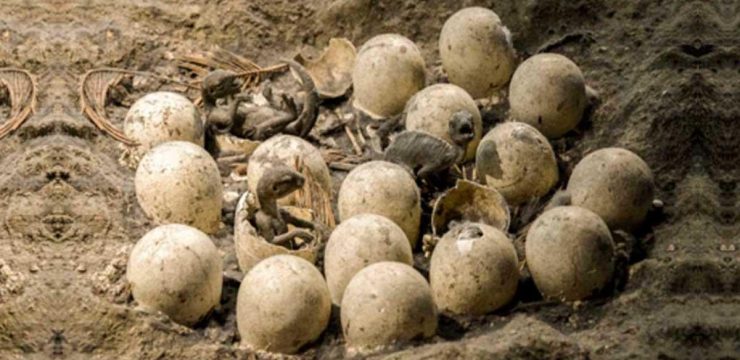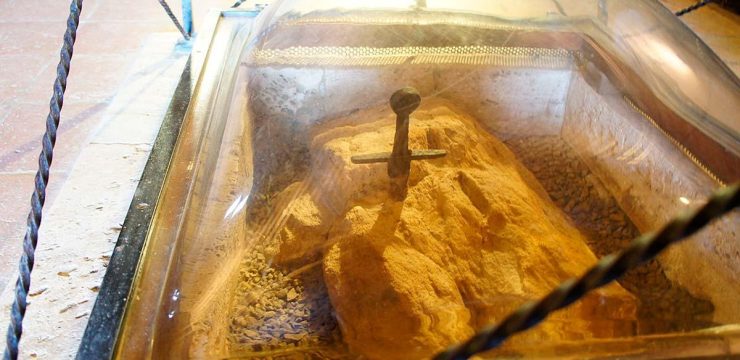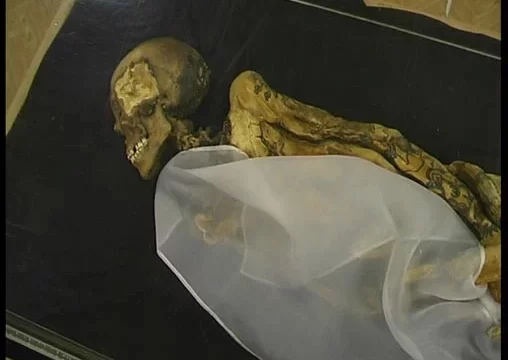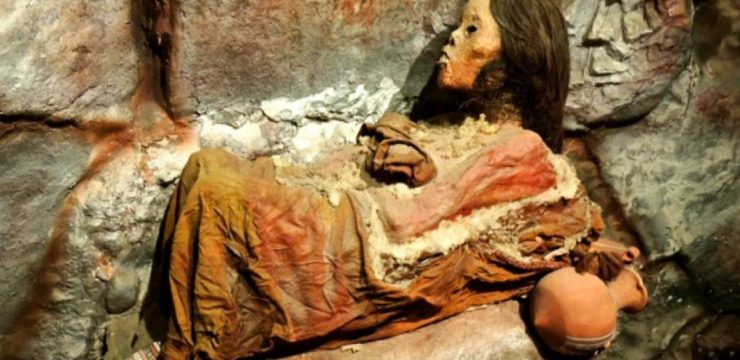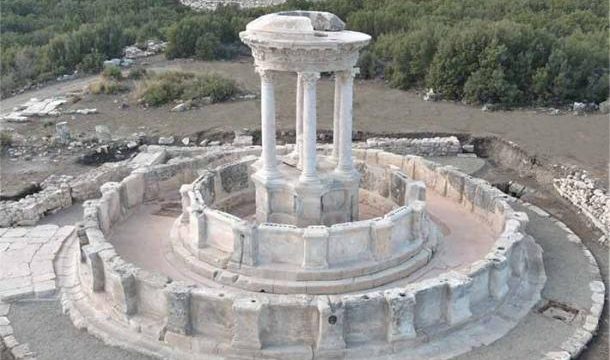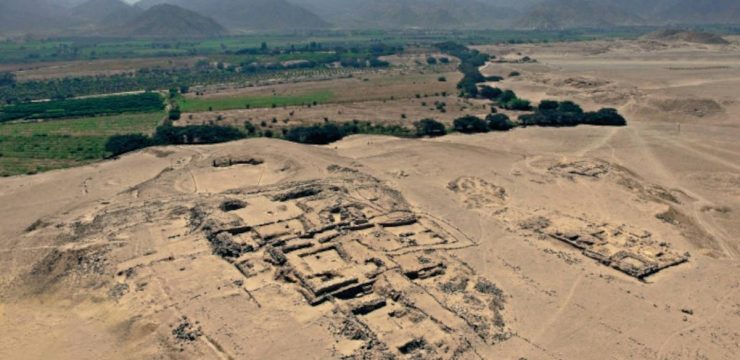The Shroud of Turin has captivated the imagination and faith of countless individuals for centuries. Revered as one of the most mysterious and controversial relics in Christianity, this ancient linen cloth bears a faint yet distinct image of a man who appears to have suffered a brutal and violent death. The origins, nature, and meaning of this image have been the subject of endless fascination, raising questions that blend theology, history, and science in ways few artifacts ever have.

Despite being one of the most intensively examined objects in human history, the Shroud still defies clear scientific explanation. The image on the cloth is often described as a photographic negative, but how it was created remains unknown. This puzzle has led to an ongoing debate, with one side believing firmly in its authenticity and sacred origin, while the other side challenges its historical and scientific credibility. The division runs deep, yet it is precisely this uncertainty that has kept the conversation alive through generations.
The earliest clearly documented appearance of the Shroud dates back to around 1350, when it was displayed in the small town of Lirey, France. It later moved to Chambery, where it endured a fire in 1532 that damaged parts of the cloth. Eventually, it found a permanent home in Turin, Italy, where it has remained ever since. Throughout its known history, the Shroud has been linked to devotion, pilgrimage, and awe, yet it has also been closely scrutinized by skeptics and scientists alike. This dual nature—spiritual icon and scientific curiosity—sets the Shroud apart as a truly unique artifact.
In 1898, the Shroud entered a new era when Italian photographer Secondo Pia took the first known photograph of the relic. When Pia developed the photographic negative, he was shocked to discover a lifelike, positive image of a man’s face and body. This remarkable moment ignited widespread interest and laid the foundation for the scientific field known as Sindonology—the specialized study of the Shroud of Turin. The idea that the image functioned as a kind of ancient photographic negative baffled experts and fueled speculation about its possible supernatural origins.
A major scientific investigation was launched in 1978 when the Shroud of Turin Research Project (STURP) gathered a team of scientists, chemists, and pathologists to perform an exhaustive series of tests. The results were surprising and opened up more questions than they answered. Researchers found that the image was extremely superficial, affecting only the topmost fibers of the cloth, and no paint, pigment, or dye was detected—ruling out traditional artistic techniques. Furthermore, using advanced NASA imaging technology, scientists revealed that the image contained three-dimensional information, something unheard of in a two-dimensional medium like fabric. Bloodstains were also analyzed, with forensic experts confirming that the blood was real and consistent with that of a male who had endured severe physical trauma, including scourging and crucifixion.
One of the most contentious points in the Shroud’s modern history emerged in 1988, when a radiocarbon dating test conducted by three independent laboratories indicated that the cloth originated between 1260 and 1390 AD. These results appeared to confirm the claims of skeptics who viewed the Shroud as a medieval forgery. However, the testing itself has since come under criticism. Some researchers argue that the samples taken for carbon dating may have come from a corner of the cloth that was repaired after the 1532 fire, rather than from the original weave. Others suggest that contamination from centuries of handling and exposure to heat and smoke could have skewed the results. This has reignited the debate, leaving the question of the Shroud’s age unresolved.
Supporters of the Shroud’s authenticity point to many features that align with Gospel accounts of Jesus’ crucifixion. They note that the man depicted on the cloth appears to bear wounds consistent with those described in the New Testament, such as scourge marks, a puncture wound on the left side of the chest, and blood flows from the head that resemble injuries from a crown of thorns. Moreover, the anatomical precision of the image suggests a level of detail not commonly understood in medieval times, further fueling arguments that the Shroud may be older and more significant than radiocarbon tests suggest.
On the other hand, skeptics maintain several objections. Some argue that the image does not show the geometric distortion expected from a cloth wrapped around a three-dimensional body. Others cite the style of the linen’s weave, claiming it resembles techniques common in medieval Europe but not in 1st-century Palestine. Additionally, they question the absence of definitive historical records tracing the Shroud back to the time of Christ, suggesting that its earlier history may have been fabricated or misinterpreted.
Regardless of where one stands in the debate, the Shroud of Turin remains a powerful symbol—a relic that invites both spiritual reflection and scientific investigation. It stands as a bridge between two worlds, reminding us that not all mysteries are meant to be solved. For visitors to Turin, the relic continues to offer a profound encounter with the past. At the Cathedral of Saint John the Baptist, where the Shroud is occasionally displayed, and at the Museum of the Holy Shroud, which houses numerous artifacts and scholarly research, the story of the cloth comes to life in new ways for each generation.
Ultimately, the Shroud of Turin is more than a piece of fabric. It is a mirror reflecting humanity’s deepest questions about faith, suffering, and the divine. Its enduring mystery challenges us to explore not only the relic itself but also the intersection of belief and reason, inviting us into a centuries-long dialogue that may never reach a final conclusion.
